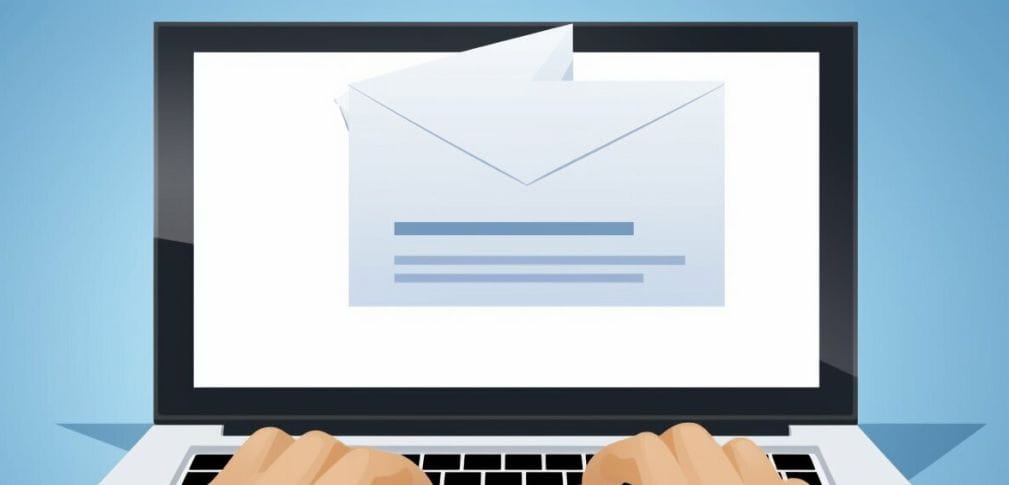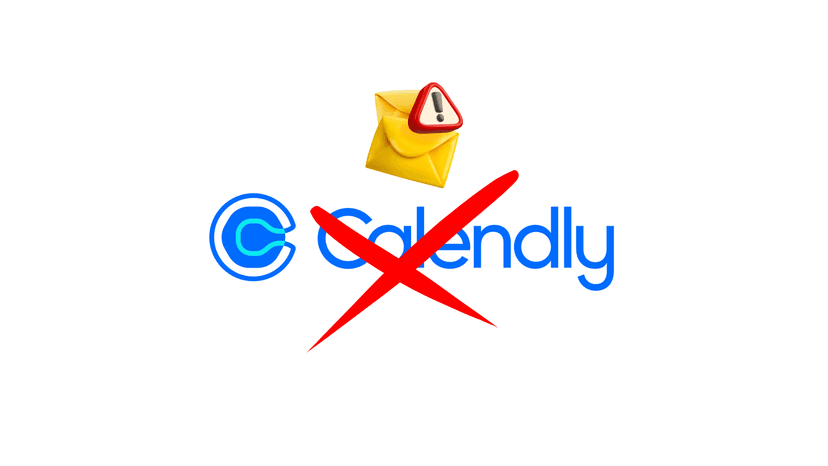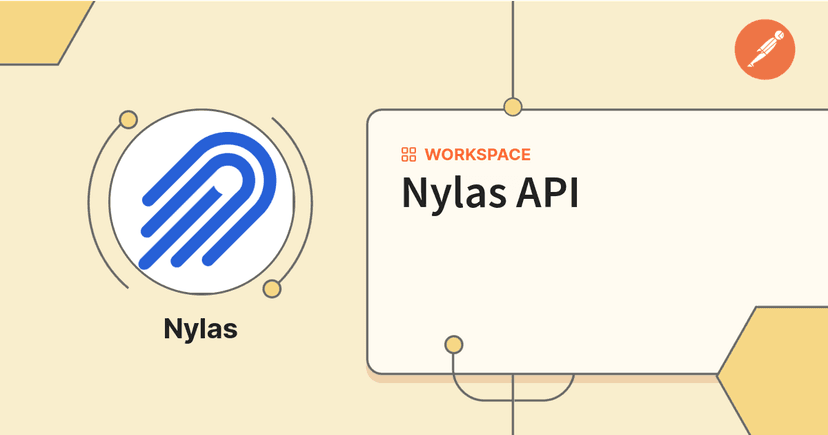Sending a meeting request seems simple, but getting it right is an art. A well-crafted proposal can be the difference between a swift "Yes!" and being lost in a crowded inbox. Effective communication is crucial, and it all starts with how you frame your request.
This guide will walk you through everything you need to know—from crafting a compelling subject line to confirming the final details. We'll provide clear examples, actionable tips, and show you how to streamline the entire process.
Why Your Meeting Proposal Email Matters
In a professional context, every email you send reflects on you and your organization. A sloppy, vague, or demanding meeting request can:
- Get Ignored: Busy professionals prioritize emails that are clear, concise, and relevant.
- Create Confusion: If the purpose or logistics are unclear, it creates unnecessary back-and-forth communication.
- Seem Unprofessional: Your ability to communicate effectively is a direct indicator of your professionalism.
A great meeting proposal, on the other hand, respects the recipient's time, clearly states its value, and makes it incredibly easy for them to say yes.
The Anatomy of a Perfect Meeting Request
Before you start writing, understand the core components that make a proposal successful. Every effective meeting request email should contain these four elements:
- A strong, clear subject line.
- A polite and direct opening that states the purpose.
- A flexible offer of potential dates and times.
- A clear call-to-action.

Step 1: Crafting an Irresistible Subject Line
The subject line is your first impression. It needs to be informative and concise to grab the recipient's attention. Avoid generic phrases like "Meeting Request." Instead, be specific.
Characteristics of a great subject line:
- Specific: Include the topic of the meeting.
- Action-Oriented: Use words like "Meeting," "Call," or "Discussion."
- Personalized: Mention a mutual connection or project if applicable.
Here are some powerful examples:
- For a potential client: Meeting Proposal: Exploring a [Project Name] Collaboration
- For an internal team meeting: Strategy Meeting: Q3 Marketing Plan
- To connect with a peer: Coffee Chat? Quick Question about [Shared Interest]
- Adding urgency: Urgent: Meeting to Discuss [Critical Issue]
Step 2: Writing a Clear and Concise Email Body
Once your subject line gets the email opened, the body must deliver on its promise. Structure your message logically to guide the recipient toward a positive response.
The Opening
Start with a polite and personalized salutation. Briefly state the reason for your email. Get straight to the point while maintaining a friendly tone.
Example:
Dear [Recipient's Name],
I hope this email finds you well. I'm writing to you today to propose a brief meeting to discuss [Purpose of the meeting].
Best,
[Your Name]
The "Why"
Clearly explain why the meeting would be valuable for them. This is your chance to highlight the mutual benefit.
Example:
"Based on our recent conversation about improving user onboarding, I have a few ideas I'd love to share that could significantly boost your retention rates."
Proposing Dates and Times
Offering specific dates is helpful, but flexibility is key. Proposing a few options shows that you respect their busy schedule.
- Bad: "Does next Tuesday at 10 AM work?" (This is a yes/no question that can easily be a "no.")
- Good: "Would you be available for a 20-minute call next week? I'm flexible on Tuesday and Wednesday morning, between 9 AM and 11 AM CET."
Confirming the Agreed-upon Meeting
After a meeting has been arranged via email, it's important to confirm the appointment to ensure that all parties are on the same page.
The confirmation should be brief, polite, and precise. The content should include the agreed-upon date, time, and location of the meeting, as well as any specific instructions or requirements. The following template can serve as a guide:
Dear [Name],
Thank you for promptly confirming our meeting on [date] at [time] at [location].
I look forward to meeting you there and discussing [purpose of the meeting and/or any special instructions or requirements].
Please let me know if you have any further questions or requests.
Best regards,
[Your Name]By providing a clear and professional confirmation via email, the risk of misunderstandings can be minimized, and the trust and precision of future collaboration can be improved.

Suggesting Additional Meeting Dates
It's possible that the proposed meeting dates may not be suitable for all parties involved. In such cases, it's important to offer alternative dates to achieve a successful scheduling.
If there are multiple people involved, sharing a meeting poll to find a suitable date may also be helpful.
When formulating new meeting suggestions, it's important to maintain politeness and flexibility. Avoid suggesting too many dates, as it may lead to confusion. Focus on the most important options.
By offering alternative dates, you demonstrate your willingness to collaborate and improve your chances of successfully scheduling the meeting.

The Smart Alternative: Automate Your Meeting Proposals with meetergo
The back-and-forth of scheduling can be the most frustrating part of proposing a meeting. Manually checking calendars and listing available times is inefficient. This is where automation tools become a game-changer.
meetergo is an intelligent scheduling tool that eliminates this entire process. Instead of suggesting times, you can simply insert your personal meetergo link into your email.
How meetergo Transforms Your Workflow:
- Eliminate Back-and-Forth: The recipient clicks your link and sees all your available time slots in real-time, synced with your personal calendar (like Google Calendar or Outlook).
- Empower the Recipient: They simply pick a time that works for them. The power is in their hands, which feels respectful and convenient.
- Automate Everything: Once a time is chosen, meetergo automatically creates a calendar event for both of you, sends a confirmation email, and can even send reminders before the meeting.
- Seamless Integration: Specify meeting locations, whether it's a physical address, a Google Meet link, or a Zoom call. meetergo includes all the necessary details in the invitation.
By using meetergo, you move from proposing a meeting to simply opening your calendar for one. It's a premium experience that shows you value both your time and theirs.
Example Email Using meetergo:
Subject: Meeting to Discuss [Project Name]
Dear [Recipient's Name],
I hope you're having a great week.
Following up on our interest in [Topic], I'd love to schedule a brief call to discuss how we can move forward.
To make scheduling easy, you can pick any time that works for you directly from my calendar here: [Your meetergo Link]
I look forward to connecting with you.
Best regards,
[Your Name]Step 3: Confirming the Meeting
Once a date and time are agreed upon (either manually or via a tool like meetergo), a confirmation solidifies the plan. If you aren't using an automated tool, send a brief confirmation email or, even better, a calendar invitation.
A good confirmation includes:
- A polite thank you.
- The agreed-upon date, time, and duration.
- The location (physical address or video conference link).
- A brief mention of the agenda or goal.
Confirmation Template:
Subject: Confirmation: Our Meeting on [Date] at [Time]
Dear [Name],
This is a quick email to confirm our meeting for [Date] at [Time] at [Location/Link].
I look forward to our discussion about [Topic]. Please let me know if anything changes on your end.
Best,
[Your Name]Tips for a Successful Meeting Request via Email
Arranging meetings via email can be an effective and time-saving method. However, there are some important rules to follow to ensure that your meeting request is clear, precise, and receives a positive response. In the following section, you'll find some useful tips:
Formulate the Meeting Request Clearly and Precisely
When formulating your meeting request, it's important to be clear and precise. Clearly state the purpose of the meeting and your availability. If you already have some proposed meeting dates, include them. It's also helpful to attach any relevant background information or documents.
Confirmation of the Agreed-upon Meeting
Once you have arranged a meeting, it's polite to confirm it via email. Avoid long emails and instead write a brief confirmation with the key information such as the date, time, and location. Also, express gratitude for the recipient's time.
Suggesting Additional Meeting Dates
It's possible that your proposed meeting dates may not work for all participants. In such cases, it's helpful to suggest alternative dates. Offer one or more possible options and ask for feedback on which date works best.
Business Meeting Requests
When making business meeting requests, it's important to use a professional tone. Avoid slang or informal language and stick to a formal way of speaking. It's also important to politely ask the recipient to confirm or decline the meeting.
Summary
When arranging meetings via email, it's important to be precise and polite. Use clear subject lines and provide all relevant information in the email. Confirm the agreed-upon meeting politely via email and offer alternative dates if necessary. With these tips, you can effectively and successfully schedule meetings via email.

Frequently Asked Questions (FAQs)
Q1: What is a reasonable timeframe to wait for a response?
It's best practice to allow 2-3 business days for a response. If the matter is urgent, clearly state this in the subject line and the first sentence of your email.
Q2: How should I follow up if I don't get a response?
Send a polite, gentle follow-up email after a few days. Forward your original email and add a short message like:
"Hi [Name], just wanted to gently follow up on my email below. Would love to connect when you have a moment."
Q3: What if none of the proposed times work?
If you proposed times manually and none are suitable, respond politely and offer a more flexible solution. This is a perfect opportunity to use a tool like meetergo.
"No problem at all! Instead of more guesswork, feel free to pick any time that works for you via my scheduling link: [Your meetergo Link]."
By following these guidelines, you'll not only schedule more meetings but also build a reputation as a polished, efficient, and professional communicator.



